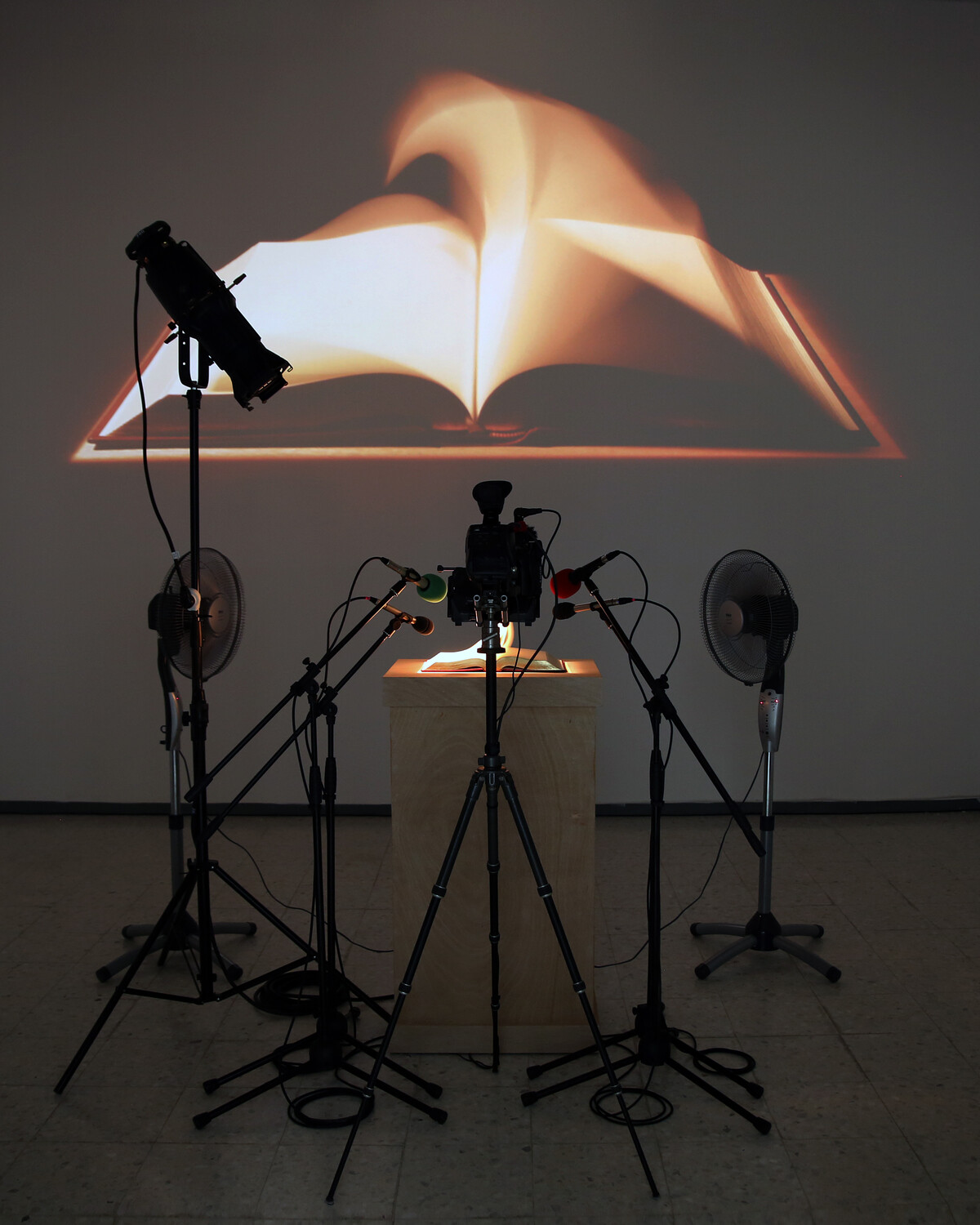Office Hours: Nida Sinnokrot: Art, Culture, and Technology Program at MIT
1. Why did you decide to go into teaching?
I decided to go into teaching when I realized that I was an artist; teaching and cultural production are inseparable for me. This may be because I’ve always been curious about how things work; I was that child who would always take things apart. Both my art and my teaching are precious opportunities to indulge in taking things apart and exploring various ways of putting them back together. The more voices that are engaged in that process of reassembly, the more interesting and wonderous the outcomes. In that sense, teaching is listening and learning. I’ve been lucky to find myself in a position where I can indulge my curiosity and engage in critical processes rather than product-oriented outcomes. My role models have always been my teachers—the thinkers and artists who helped me find my voice when I was a struggling young Palestinian immigrant in the US. They helped me to see the large historical and political forces that shaped much of my early life and to channel those forces in my artwork. I strive to honor them by passing on that tradition in my teaching.
2. What drew you to your school and what is your teaching philosophy?
The Program in Art, Culture, and Technology (ACT) is an incarnation of MIT’s Center for Advanced Visual Studies (CAVS), founded half a century ago by Bauhaus artist and educator György Kepes, who believed that art was the key to building ecological consciousness. Today, ACT continues to engage with the ever-shifting infrastructural changes in art education and practice in relation to ecology, preservation, narratology, mythology, and other modes of sensing and sharing. Our aim is to challenge and reinvent existing forms of knowledge, work, exchange, and production at the intersection of art, culture, and technology.
But the most compelling draw for me is the courage of my colleagues, staff, and students in their dedication to making the world a better place. Our combined dedication to pedagogical strategies that reveal how power, knowledge, and discourse are inextricably woven together is what makes this place so exciting and cutting edge.
3. What theory and art history do you consider most essential for your students? What artist or artwork do you refer to most often?
In the classroom, I gravitate toward artists and theorists that hail from countercultural movements and postcolonial or minoritarian discourses that challenge hegemonic constructions of time and space. As a filmmaker I’m especially drawn to avant-garde practices and often refer to the compositions of Pierre Schaeffer, Halim El-Dabh, John Cage, Karlheinz Stockhausen, Miles Davis, and others for insight into alternative narrative constructions. I also love to have double features—Ousmane Sembène’s Black Girl with Michael Haneke’s Caché, for example. Kidlat Tahimik’s Perfumed Nightmare is an all-time favorite. In my “Art and Agriculture” class, indigenous cultivation practices feature heavily, as do foraging, piracy, DIY culture, and taking long walks. In this class I refer to the work of artists, activists, organizers, scientists, environmentalists, and feminists, including the work of Ursula Le Guin, Silvia Federici, David Graeber, and James Scott, among others. I’m also interested in artist collectives and socially engaged practices that blur the line between art and activism, such as Soul Fire Farm in New York, an Afro-Indigenous-centered collective committed to uprooting racism and seeding sovereignty in the food system.
Read more of Nida Sinnokrot’s Office Hours on School Watch.
Office Hours is a new questionnaire series that gathers insights on teaching from artists. In response to ten prompts, educators reflect on the discourses and approaches that animate their teaching, share their visions for the future of art education, and offer advice for students navigating the field of contemporary art.
School Watch presents critical perspectives on art and academia. Featured profiles, surveys, and dialogues consider education in fine art, curating, and critical theory, as well as the ideas and conditions that influence practice.







